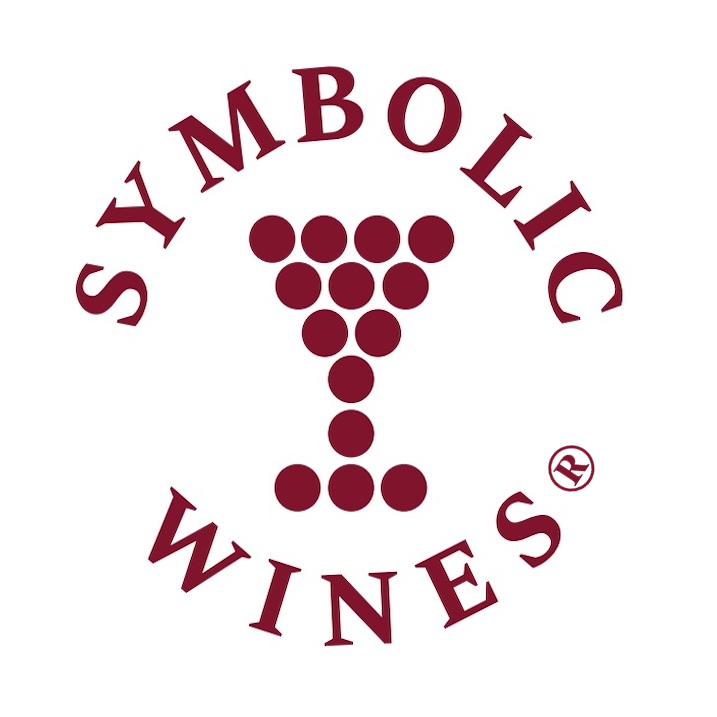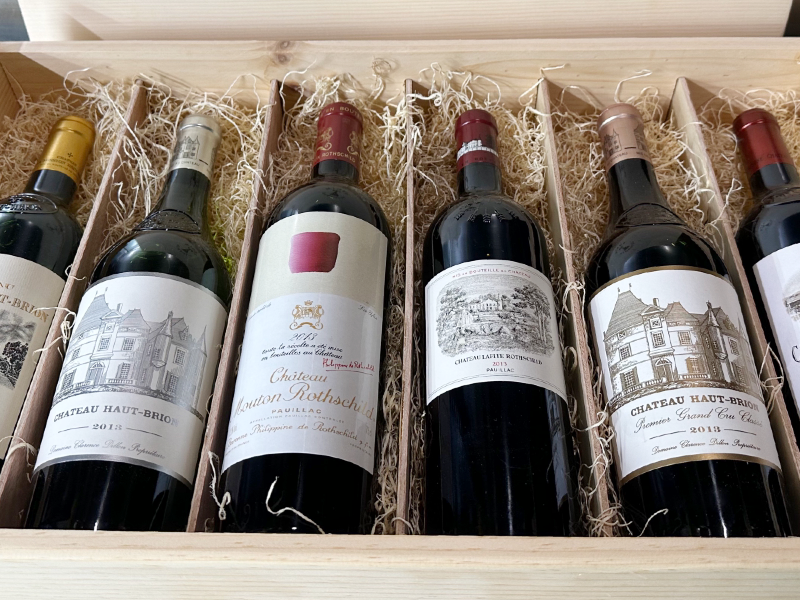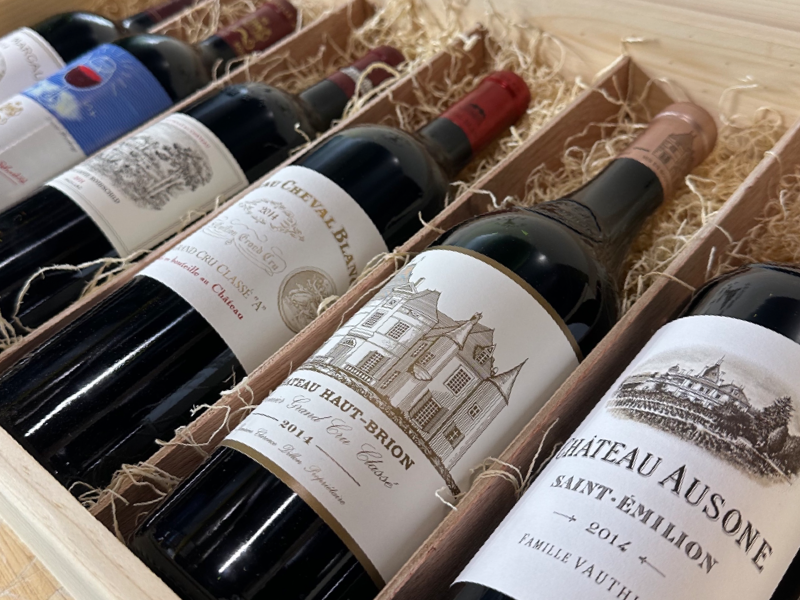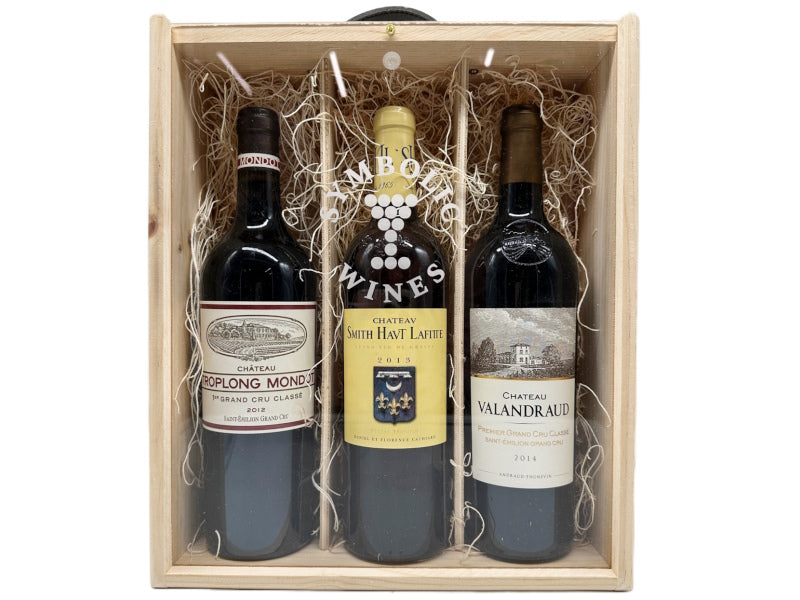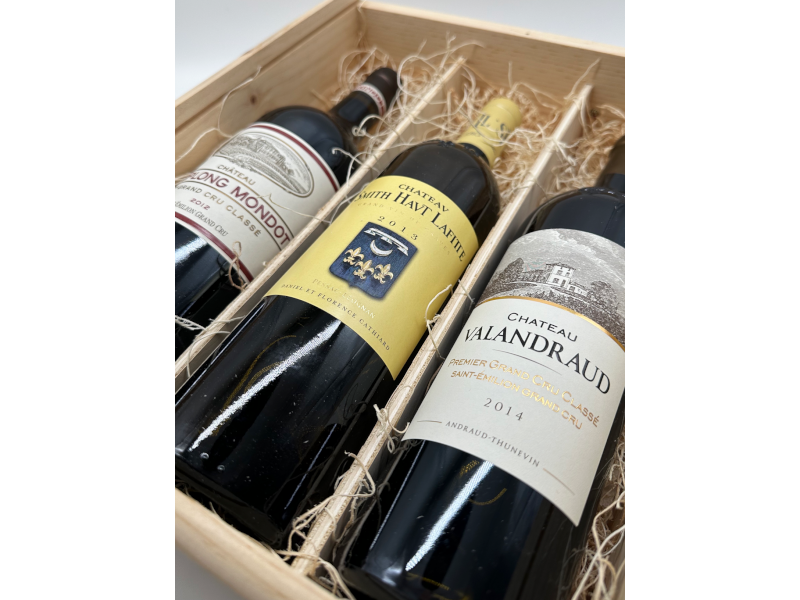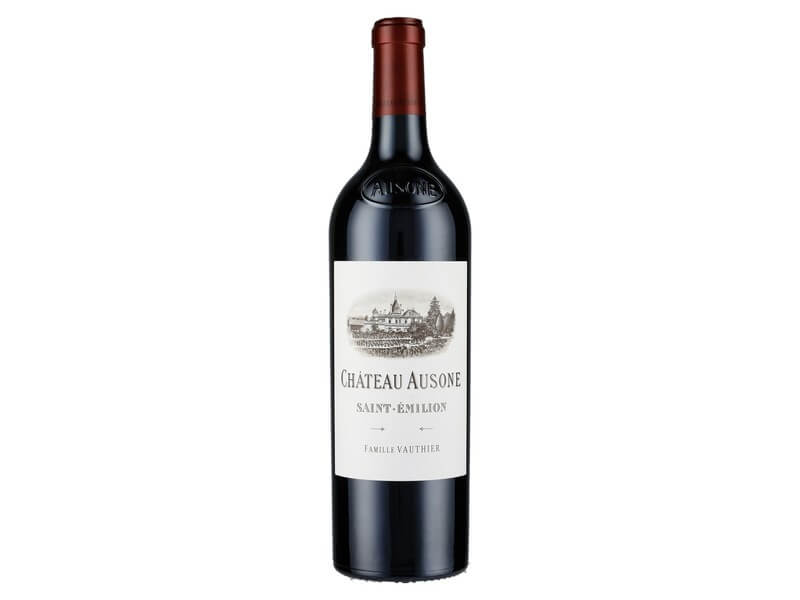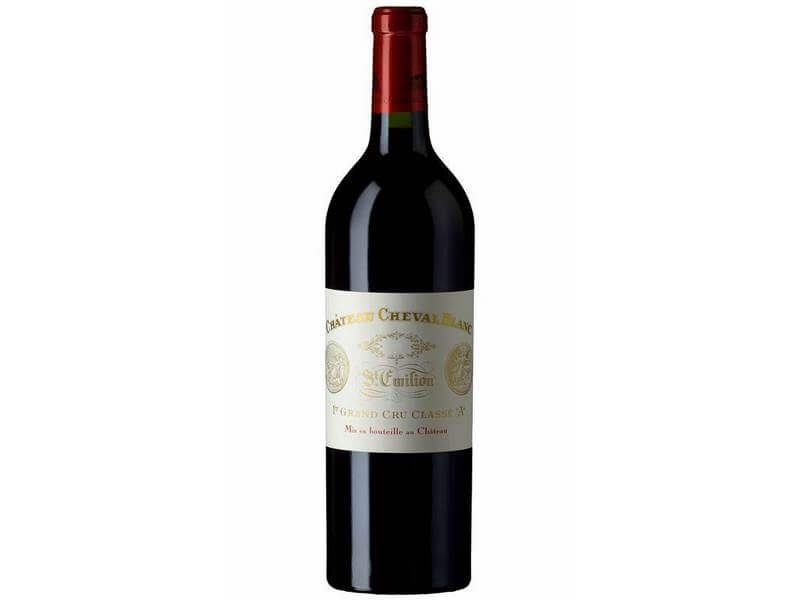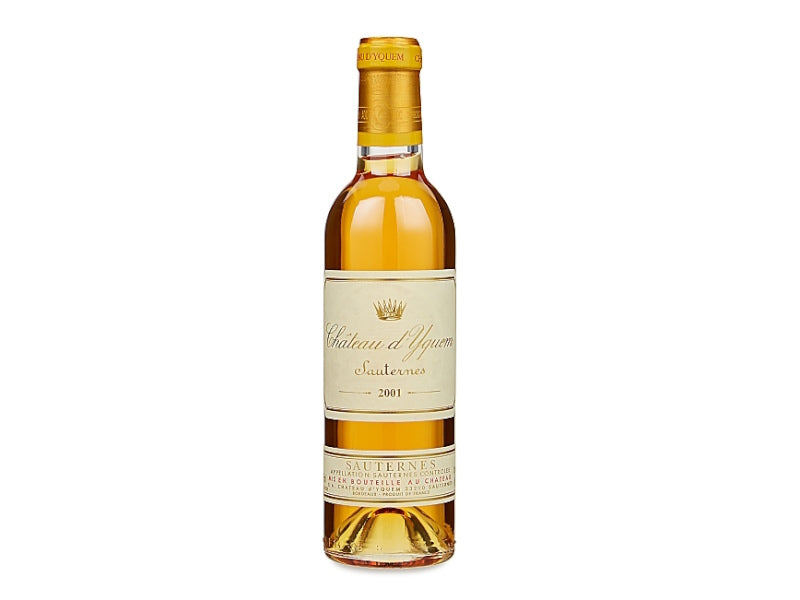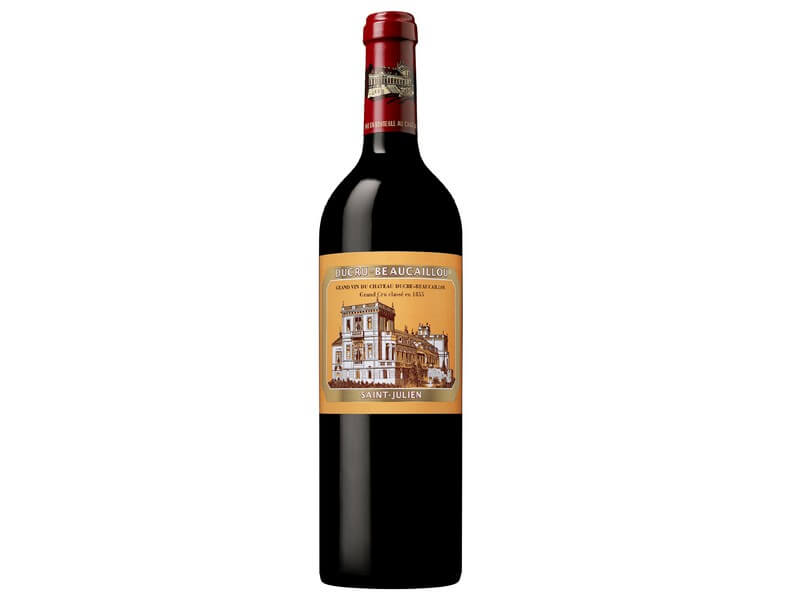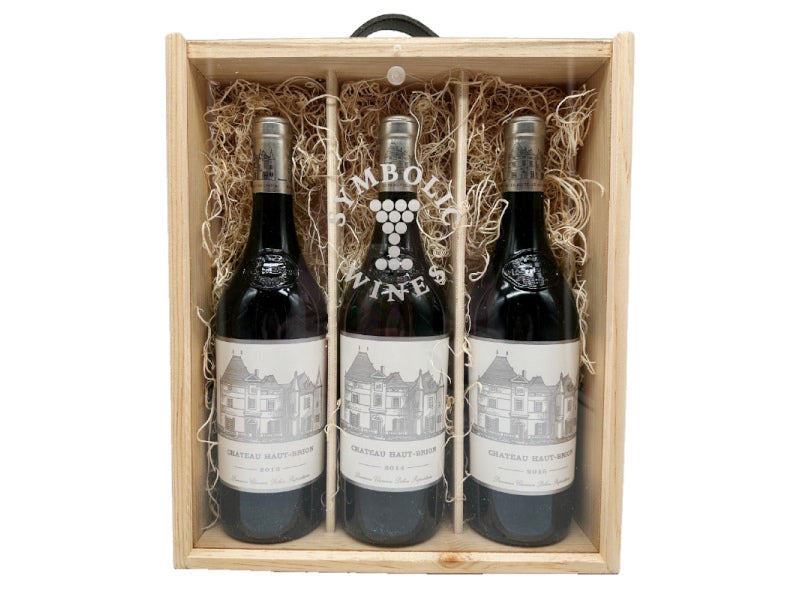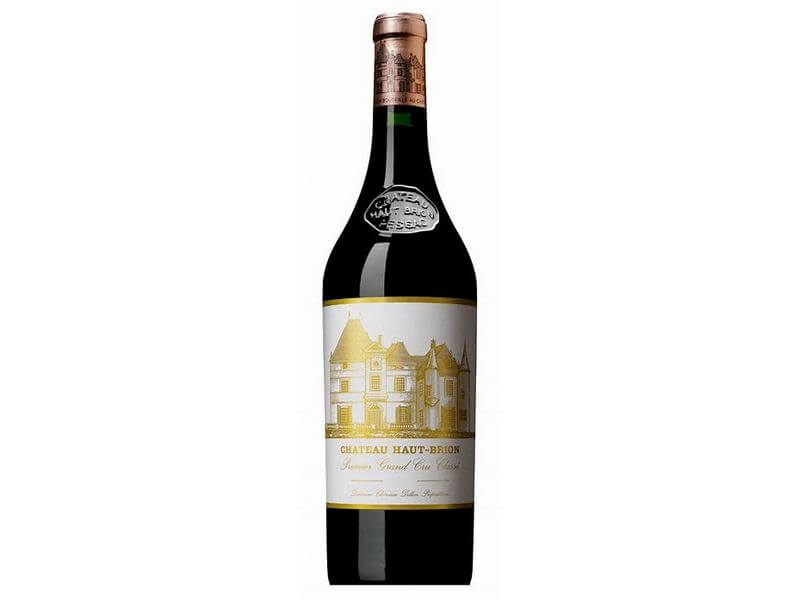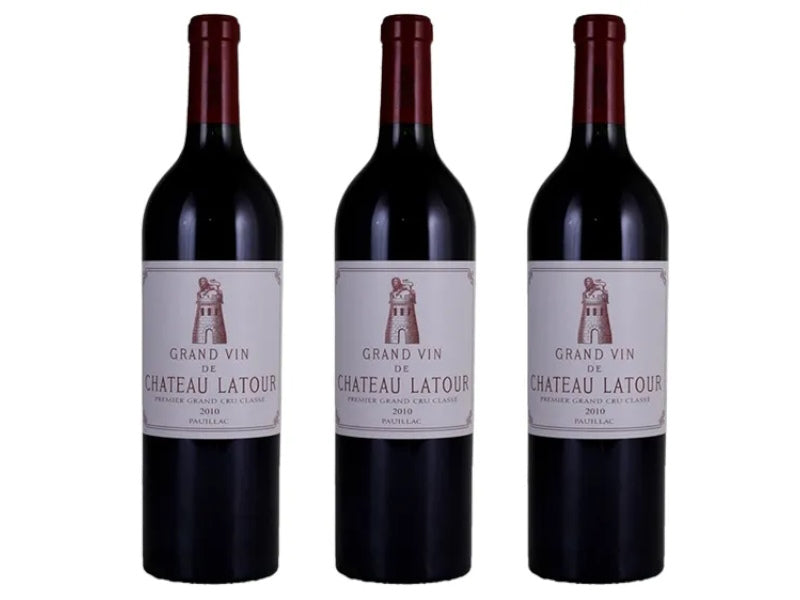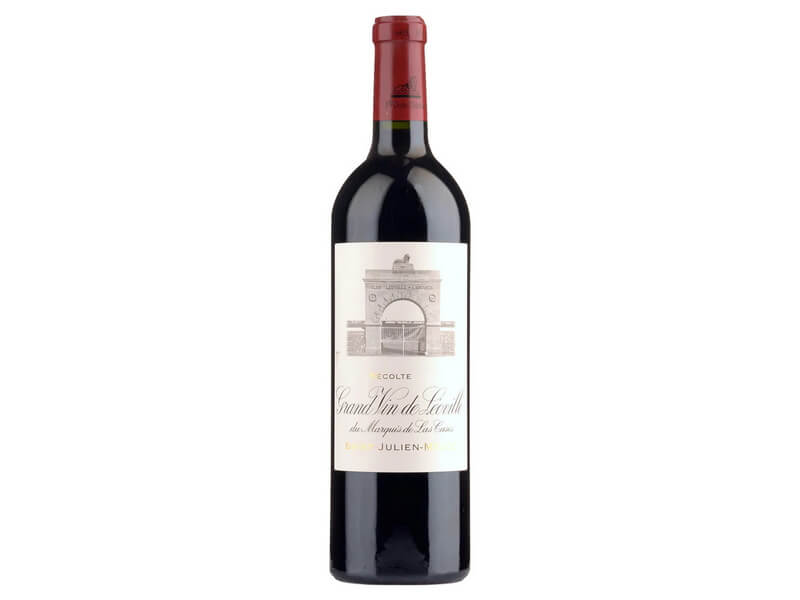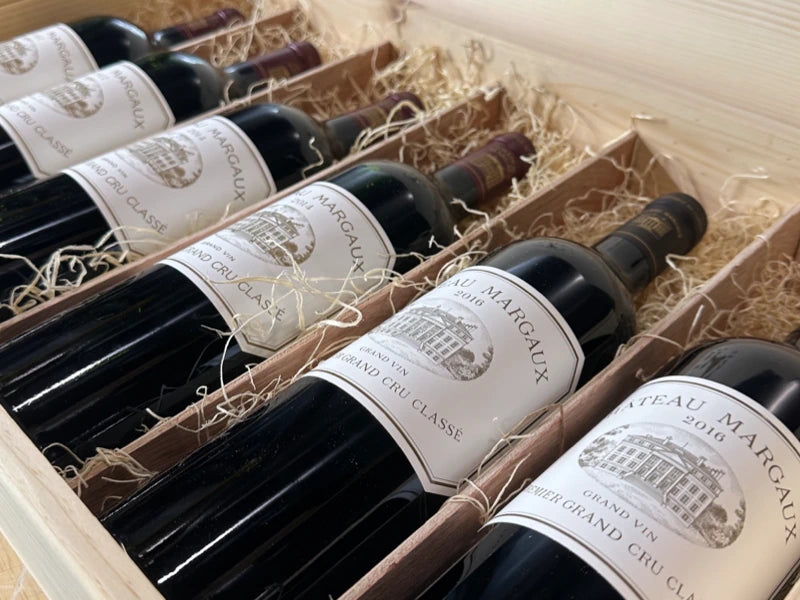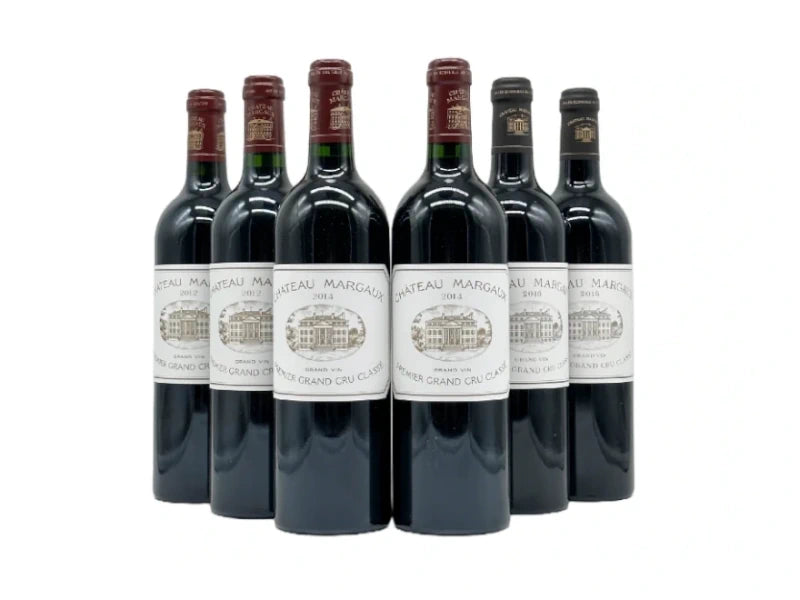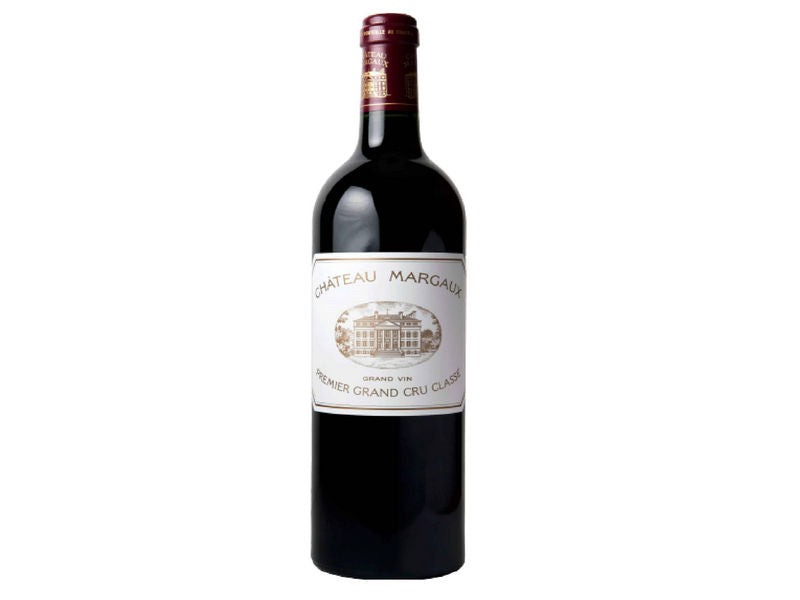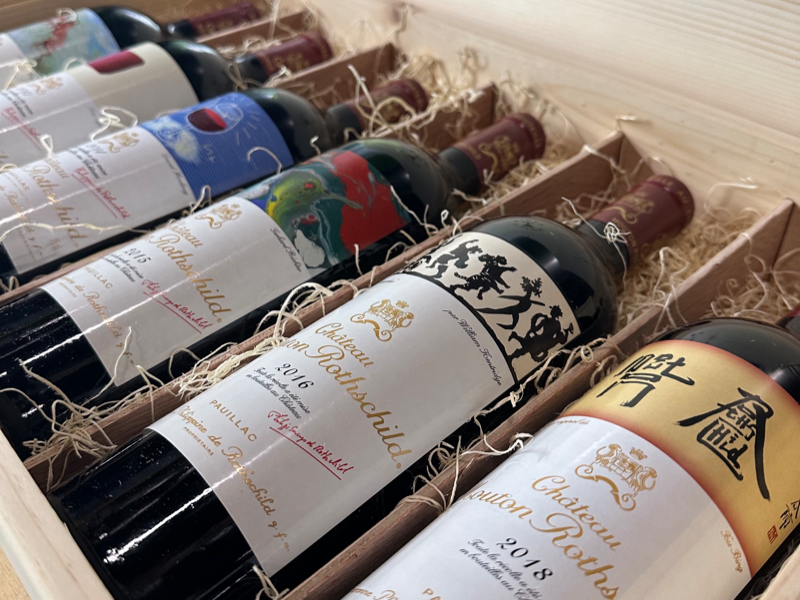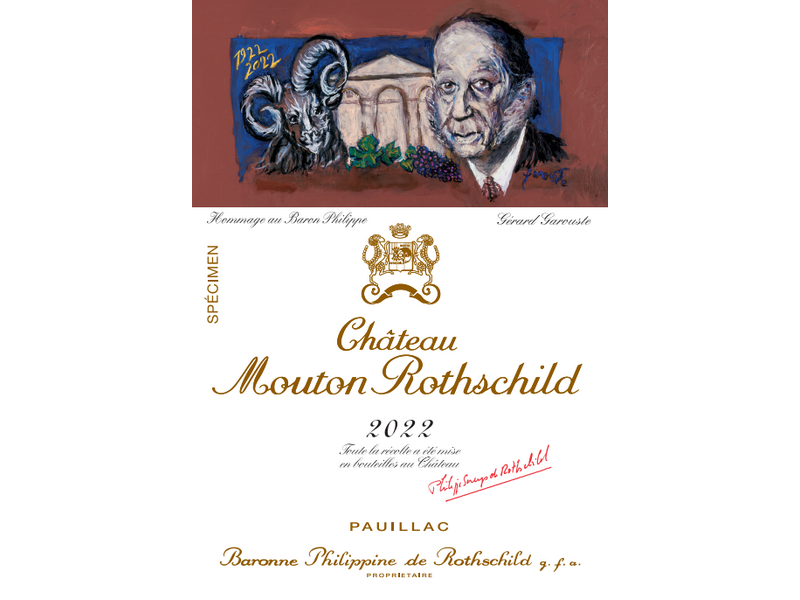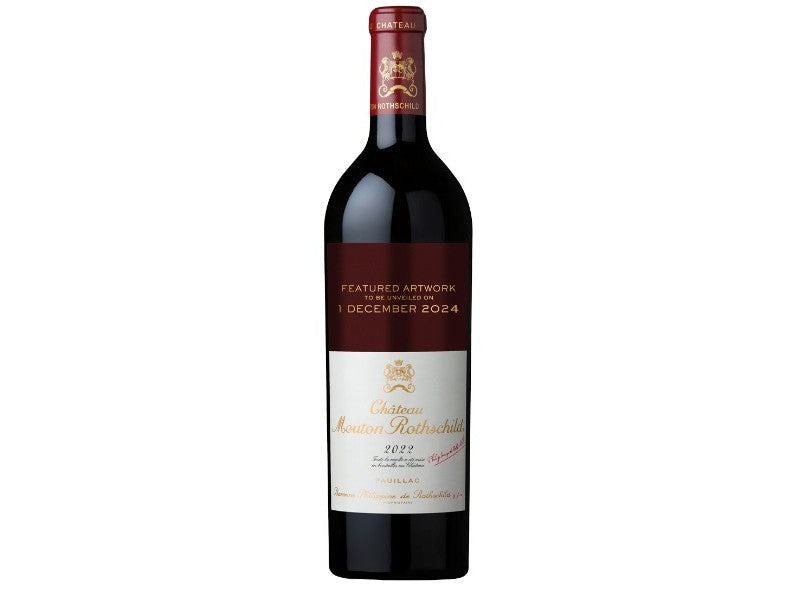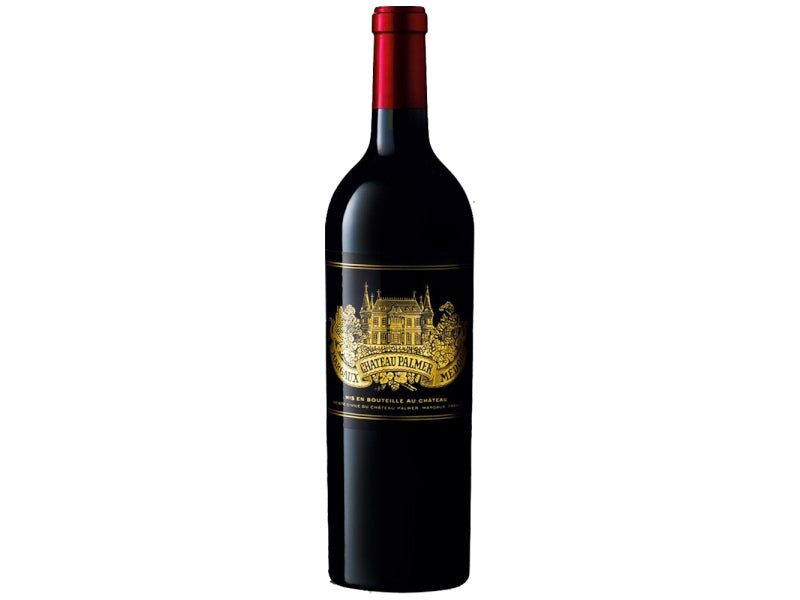
Collector focus in the Bordeaux market has shifted strongly toward ready-to-drink back-vintages and established, high-scoring "classic" years from the last two decades. This trend is driven by an ongoing pricing disconnect in the En Primeur market and a renewed collector desire for physical, proven assets that are nearing or at their prime drinking window.
The "drink-ready premium" is driving increased demand for physical Bordeaux, particularly the 2005 Vintage, now widely considered in its prime, and the celebrated duo of 2009 and 2010, which continue to serve as the benchmark for long-term potential. More recently, the 2016 Vintage has gained significant traction, praised for its purity and balance, offering a high-quality alternative to volatile new releases. This prioritization of back-vintages is a direct market correction to recent underwhelming En Primeur campaigns, where new releases were priced at levels that offered insufficient value compared to the proven quality of mature, bottled wines available on the secondary market. Collectors are deploying capital into vintages offering superior established quality and immediate value, indicating a market preference for minimizing speculation.
Why Collectors Should Care
-
Pricing Opportunity: Mature vintages offer better value per point of quality and age than highly priced, recently released futures (En Primeur).
-
Risk Mitigation: Buying physical, bottled wines (e.g., 2005, 2010) eliminates the vintage risk and storage costs associated with En Primeur speculation.
-
Liquidity in Classics: The concentration of demand on established, classic years ensures these wines maintain high liquidity and are easier to sell in a stabilizing market.
Source: TradingGrapes, 2025-10-27
Corroborating Sources: Vinum Fine Wines (2025-10-14), Harpers Wine & Spirit Trade News (2025-11-05)
Discover En Primeur 2022 and 2023 physical, bottled wines already in stock
